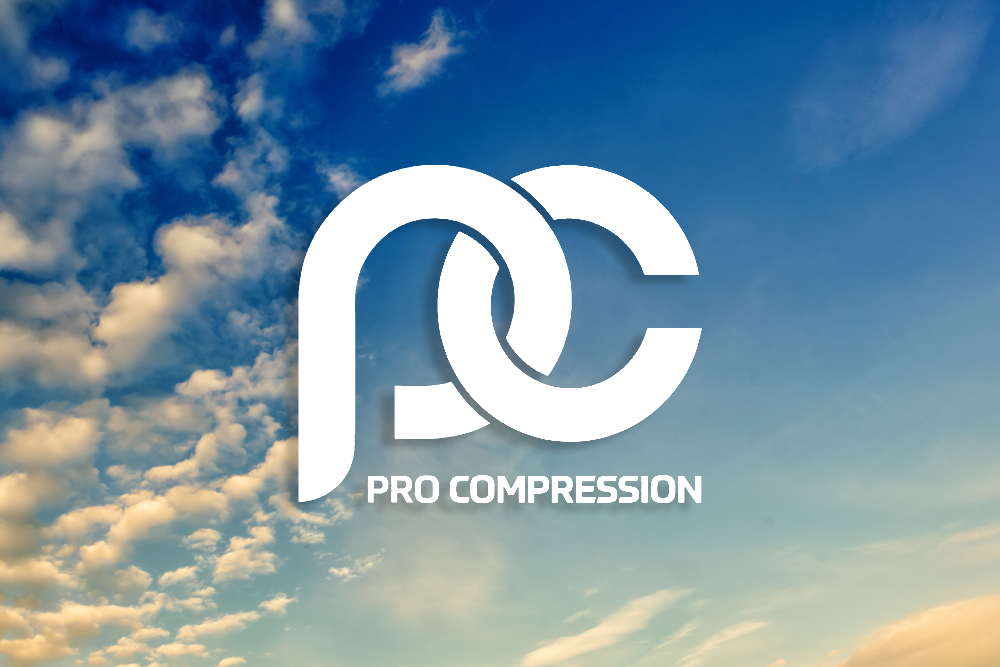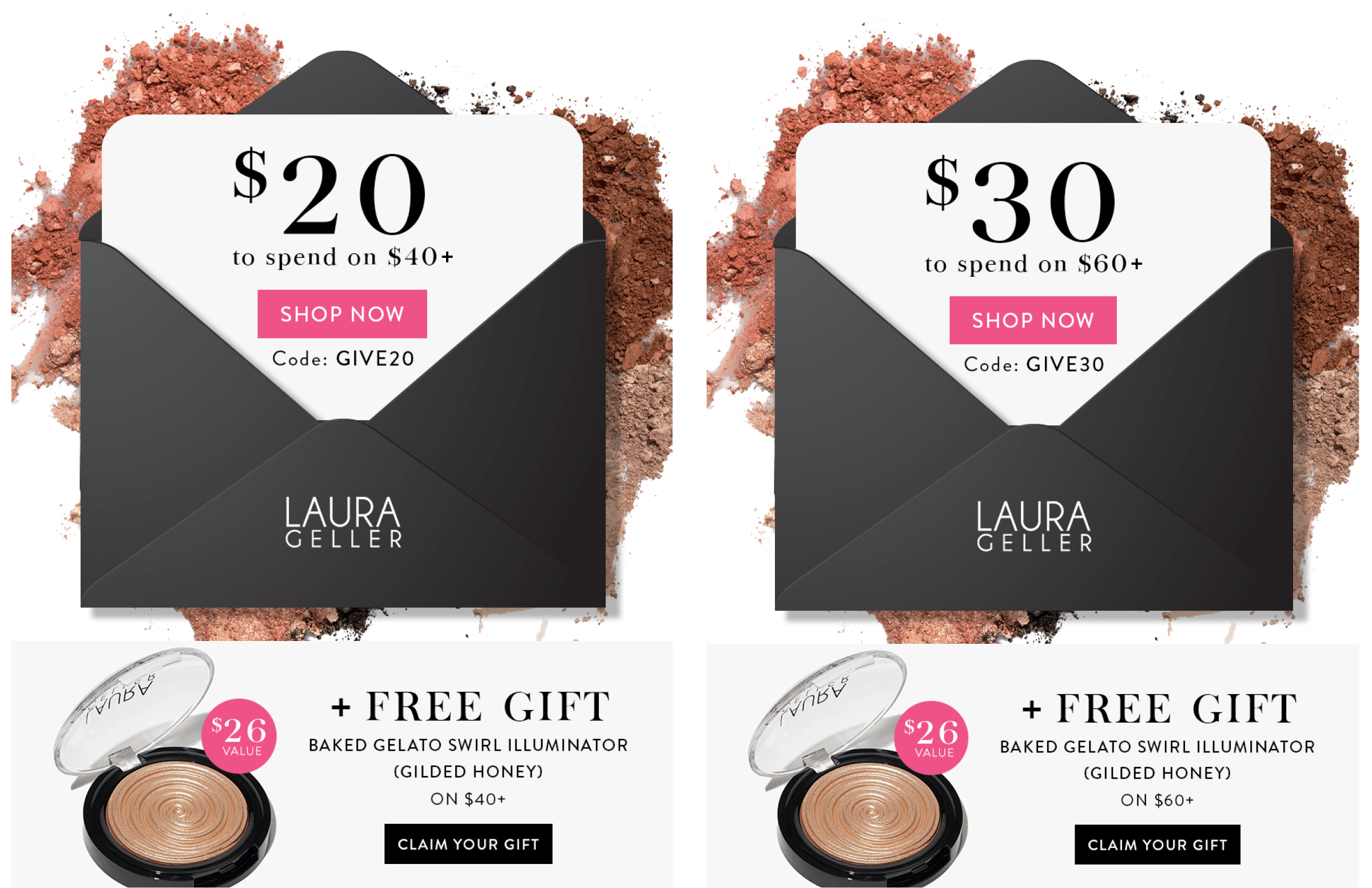Don’t Get Siloed.
When it comes to marketing channels, siloing is a mistake that can cost you in the long run. That’s because now more than ever, consumers are engaging with content across ALL platforms. Your brand needs to recognize this trend and keep pace.
With the rise of TikTok and its appeal with consumers, other platforms such as Facebook and Instagram are trying to jump on the band wagon of quick, catchy, social media videos. In the case of Instagram, recent changes have met with some resistance. However, Instagram Reels, IG TV, FB Stories, and IG Stories offer pretty good examples of where the future is headed.
That said, we are not seeing an abundance of people choosing one over the other. In fact, the inverse is true. When creating content for one platform, people are posting across their entire network. This demonstrates the real importance of being omni-present as brands.
What Is Omni-channel E-commerce?
The name sounds like just another made-up marketing phrase. But it is actually pretty self-explanatory.
“Stores selling both online and offline – likely also selling through multiple online channels (i.e. on Amazon, eBay, Facebook, B2B). We’ve also been referencing the importance of listing your product wherever consumers are already spending their time. This is increasingly known as contextual commerce, a more strategic take on the overarching omni-channel term.” – BigCommerce
Be everywhere – Sell everywhere.
Now that we have a baseline understanding, let’s look at some recent trends your brand should be recognize and implement.
1. Omni-channel – The New Normal
Brands that worked across multiple channels rather than just one have experienced more success over the past two years than those that were stuck in silos. Their results stand in contrast to just five years ago when you could’ve scaled an e-commerce brand to $10MM+ just off Facebook alone.
In fact, he attention of today’s consumers is now being spread across multiple channels. While it might be tempting to focus on just the newest, trendiest platforms like TikTok, their success hasn’t really resulted in a decrease in active users on other platforms.
In fact, we’ve seen the opposite. Active monthly members continue to increase on every platform. Why is this?
In today’s attention economy, if someone posts a video on TikTok, they’ll also post it on Instagram, Facebook, and Snapchat. After all, if consumers are looking at multiple channels, the more on which your message appears the more likely it is to be seen.
The performance metrics that result from posting on multiple channels are pretty exciting. By simply running ad campaigns on at least three or more channels, you increase your purchase rate by ~3x!

Going omini-channel doesn’t have to be hard. In fact, it can be pretty simple. Here are some basic instructions to help you get started:
1. Create a video – this could be an amazing piece of work or could simple be a slideshow video, showcasing your products. You can do this right inside the Facebook Business Manager if you don’t know how.
2. Run that video in a campaign on Instagram.
3. Then download that video and run a campaign on TikTok.
4. Repeat with Snapchat.
It’s really that easy.
There are a handful of other things you should do, but in essence, it’s that easy to get 3-campaigns up and running today.
2. Buy Now, Pay Later
Financing e-commerce purchases is on the rise.Brick and mortar department stores have been doing it for ages! Salespeople regularly ask you to sign up for a store credit card at point of purchase to cover the cost of your purchase.
Now you might ask, “what does have to do with omni-channel?”
The answer is simple: It’s all about conversion. The easier you make it, the more you will get.
In the US, around 70% of shoppers abandoned carts. Abandoned carts equate to around $34 Billion in sales left in carts.
With the integration of Buy Now, Pay Later apps like Klarna into online purchasing processes, we’ve seen an average of:
• 58% increase in average order values (AOV)
• 30% lift in checkout conversion rates
These are staggering numbers and a definitive factor in creating success for your marketing and branding campaigns.
Buy now, pay later has entered the digital age in a big way.
That said, there is still risk involved with consumers falling behind in payments and, in their minds, your brand affecting their credit score.
However, making online conversion easier with buy now, pay later options really opens up the Gen-Z & Millennial trillion-dollar market.
3. More Content – Influencer/BrandPartnerships
The age of Omni-channel is upon us. With consumers on so many different platforms these days, it is crucial for brands to meet them there. That means stepping up your content game.
But how does one go about creating the volume and quality of content required?
Here are a few suggestions:
• Repurpose old content.
• Make a single piece of core content (longer form) per week and break it into chunks (short form) for distribution throughout the rest of the week.
• Get influencers to create content for you.
Have you ever scrolled through TikTok orInstagram and wondered how seemingly “nobody” influencers are advertising products?
It’s all due to the need for more content.
While you, as a brand, can always create your own content, if you’re want to step up your game consider adding influencers into the mix. Doing so can bump up your production by a factor of 10.
Even with the influencer phenomenon some major brands are still having trouble creating enough content in this noisy internet-atmosphere we’ve created. But that’s okay, even if you’re a small business.
There are many micro-influencers looking for work.And frankly, they’re way more appreciative about the opportunity than the bigger, more widely known influencers.
The best part about getting influencers to make your content for you? It’s a “two-for.”
Not only are you getting original content but the influencer is also sharing that content with their own followers. Even if they only have 1,000 followers, they tend to be true, hardcore fans. That’s a big deal because it means that it is easy for them to get their content seen by those 1,000 true fans.
Getting started with influencers is relatively easy and it is budget-friendly. So, what are you waiting for? Get out there and find some influencers to help promote your content!
4. Social Selling Through Shoppable Video
Shoppable Video featuring retail products has been around for a long time. In the bricks-and-mortar world, it consisted of a looping video in a storefront display window or on a countertop inside. Customers still had to either walk by your store of come inside.
Shoppable Video transitioned to e-commerce with videos on landing pages and product pages. While customers no longer had to enter a physical location, they still had to visit a website. Video in email soon offered a way to get visitors to products on e-commerce websites. However, the advent of social media really changed the game. Brands could run campaigns featuring product videos and purchasing links on Instagram without posting it to their storefront.
Shoppable Video has become a preferred way for shoppers to shop on-the-go. It is rapidly becoming the most common type of video that consumers are watching. But the options have grown. While brands can still run Shoppable Video campaigns on traditional social media channels, they can also integrate with shopping-specific channels like Shopify andBigCommerce.
Getting started with Shopify or BigCommerce isn’t without its challenges. It can require technical expertise and a financial investment. But it can certainly be worthwhile. Shoppable Video is the future of video marketing and e-commerce.
5. DTC On Social Means More Than Just Physical Products
Direct-to-Consumer (DTC) is an important strategy in e-commerce. It is enabled by the ease at which consumers can purchase physical products online and the reduction in overhead for retailers. However, as time goes on, we are seeing a new phenomenon: the evolution of social selling into Social Sharing & Referrals.
Social Sharing & Referrals is when your customers share your product with their friends, family, or colleagues, leading them back to you for more.
A new approach to this is creating community-based platforms with exclusive content from influencers who want to create DTC campaigns themselves. Influencers create videos in which they discuss the latest gadget, fashion, or accessory and enable their followers to share them. Although there’s still a bit of a gap between the influencer community and the real world, this approach could work for you.
The Bottom Line
The five recommendations listed above are not revolutionary.In fact, they’re just modern day, digital approaches to traditional retail marketing.But by expanding your strategy to include multiple channels, introducing digital buy now – pay later features, using influencers to create content, taking advantage of tried-and-true formats like video in exciting new ways, and expanding your view of DTC, you can get and keep your brand in front of today’s consumers and have a positive impact on your bottom line.




